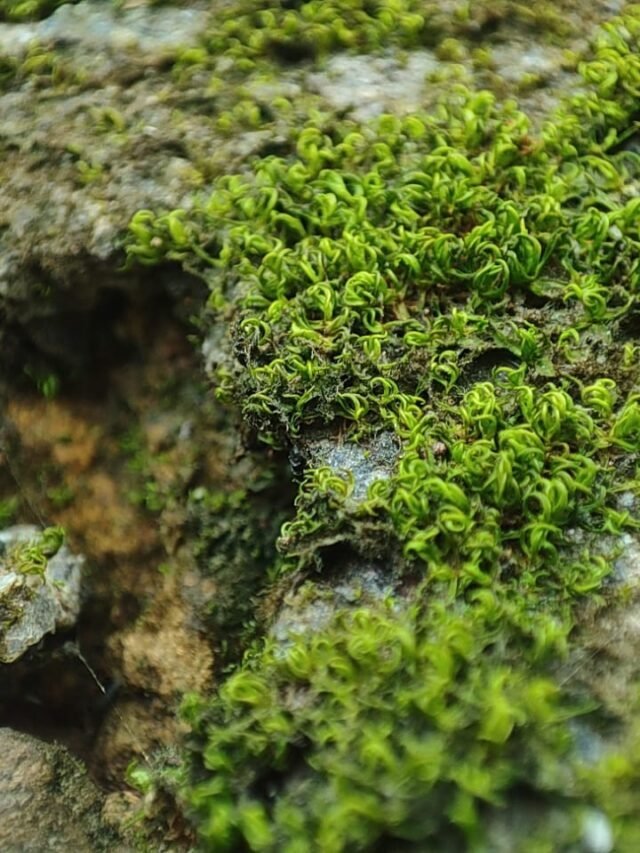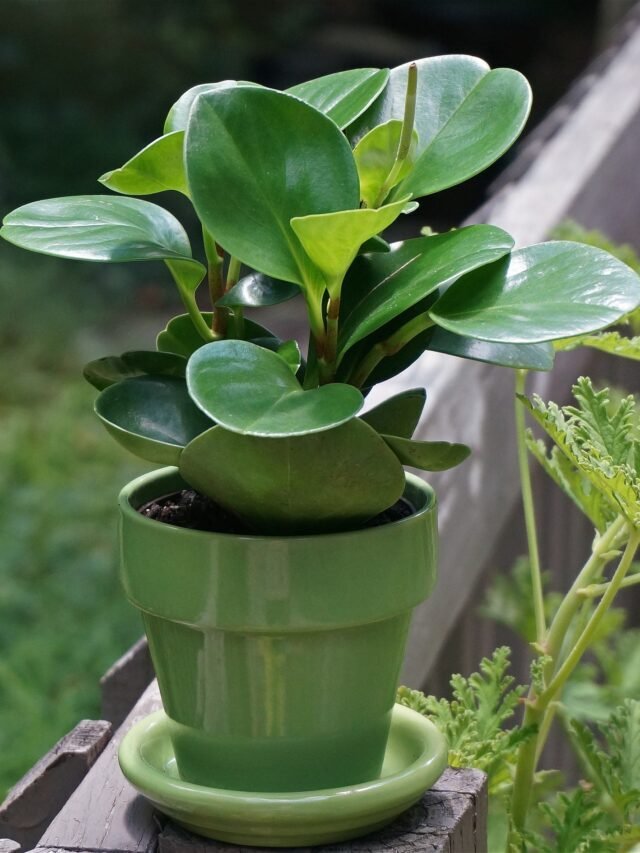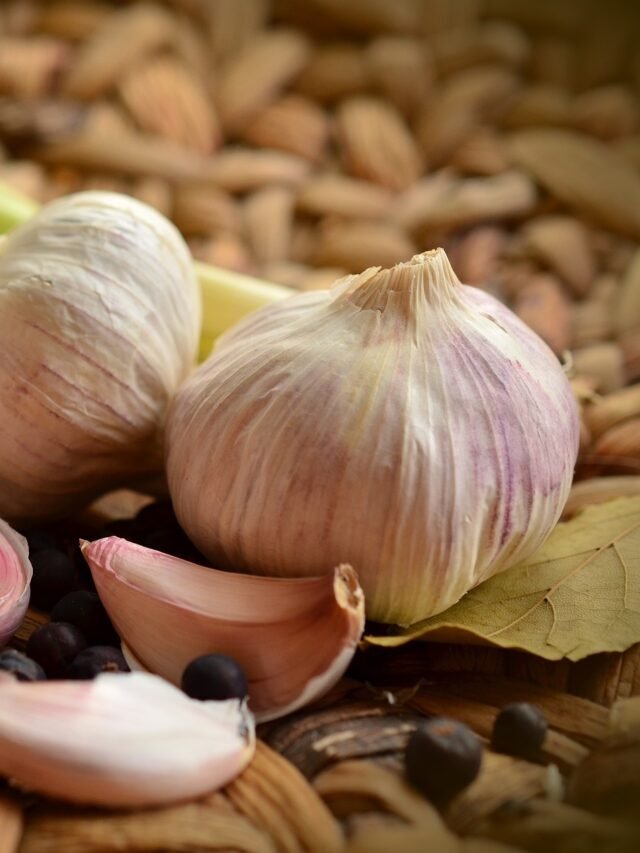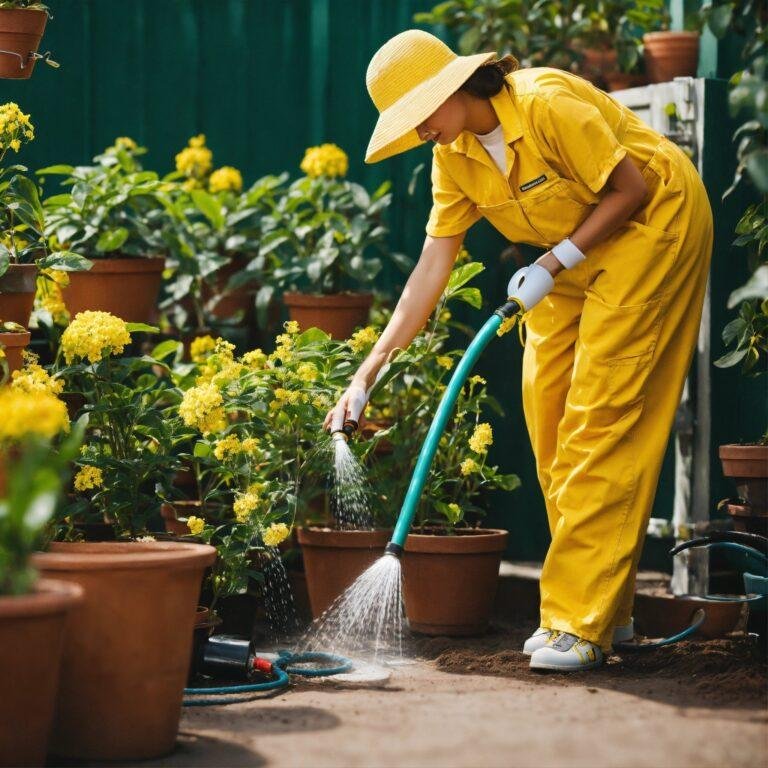How to plant seed potatoes
Potatoes are plants that provide a lot of food. They’re simple to grow and yield a lot of fruit.
They’ll tolerate practically any planting arrangement if you give them the following:
1″ of water every week, Full sun, healthy soil
Potatoes can be grown in containers, pots, or in a special “grow bag.” However, in my experience, containers such as this necessitate continuous watering and produce lesser crops than growing in a raised bed.

Choose potato seeds.
Begin by ordering organic, disease-free seed potatoes from a farm store.
Distinguish the eyes
Large tubers should be cut into pieces. The reason for chopping the potatoes is that a huge potato with many eyes will produce a crowded, multi-stemmed plant with each stem contending for food and moisture, resulting in only little potatoes bearing.
Cure the Pieces That Have Been Cut
Cure the cut pieces next. Set them out in the sun for three to five days, or place them on a table or counter in a warm. This stage allows the cuts to harden into calluses.
How to Plant Potatoes and When to Plant Them
In a 6-inch-deep hole or trench, plant seed potato segments cut side down (eyes up). On all sides, space each piece 12 inches apart.
Sprinkle 2 teaspoons of a low-nitrogen, high-phosphorous fertilizer between each section. After that, cover both the potatoes and the fertilizer with two inches of dirt and thoroughly moisten the soil.
The Stems are surrounded by a hill.
The vines must be “hilled” because new potatoes form on lateral stems, or “stolons,” above the seed potato. When the green sprouts reach 8 inches in height, cover them with dirt, chopped straw, or shredded leaves, save for the top 4 inches. When the potato plants have grown another 8 inches, hill them again. The more hills you plant, the more fruitful your harvest will be. Mine is normally hilled to a height of 18 inches for me. When the vines flower, it’s time to stop hilling.
How to Harvest Potatoes and When to Harvest Them
If you reach into the soil or mulch two weeks after the vines have bloomed, you can recover a few tiny potatoes. Otherwise, you’ll have to wait till the vines have died back. The tubers have achieved maturity when the vines die. With your hands, reach into the earth and pull the tubers up.
It takes 80-100 days for full-sized potatoes to mature.
Potatoes Should Be Stored
Because I cultivate potatoes for storage, I leave them in the ground until the weather cools down. Why? Because potatoes can only be stored if they are kept in a cool, but not freezing, environment.
Is it better to put seed potatoes with their eyes up or down?
Small seed potatoes with a diameter of 1 to 2 inches (2.5 to 5 cm) (about the size of a chicken egg) can be planted intact with the eye facing up, as mentioned. The seed potato should ideally have more than one eye. Simply make sure that at least one healthy eye is facing up in this scenario.
Which way up do you plant seed potatoes?
Carefully place the chitted tubers in the trench with the shoots pointing upwards, being cautious not to break the shoots. Lightly cover the potatoes with soil. As soon as the shoots appear, earth up each plant by covering it with a ridge of soil, just burying the shoots.
What month do you plant potatoes?
Most gardeners plant in March, April, or May, depending on the weather, and expect a harvest four months later, starting to dig fresh potatoes two to three weeks after the plant’s flower. However, in mild-winter climates, some can be planted in the fall.
- Plant your potatoes 8-9 inches deep if you don’t want to bother with hilling. The disadvantages are that it takes longer for the potatoes to sprout, and your yield may be lesser.
- Potatoes prefer soil that is slightly acidic (5.8-6.5 pH). For best results, use fertilizer or composted manure.
- A decent soil mix for growing potatoes in pots is 1 part peat moss, 1 part organic potting soil, and 1 part cow dung.
- Plant your potatoes at least two feet apart if you want to make weeding easier (and you have the room), so you can easily weed around them.
Planting seed potatoes is a relatively simple process, and here are the steps you can follow to plant them successfully:
- Choose the right seed potatoes: Buy certified seed potatoes from a reputable source to ensure that you get disease-free, high-quality potatoes. Choose potatoes that are firm, have shallow eyes, and are around the size of a golf ball.
- Prepare the planting site: Choose a sunny spot in your garden with well-drained soil. Clear any weeds or debris from the area and loosen the soil to a depth of at least 8 inches.
- Cut the seed potatoes: Cut the seed potatoes into pieces that are around 1 1/2 to 2 inches in size, making sure that each piece has at least one or two eyes.
- Let the cut pieces dry: Allow the cut pieces to dry for a day or two to prevent them from rotting in the soil.
- Plant the seed potatoes: Dig a shallow trench around 4 inches deep, place the seed potatoes with the eyes facing up, and cover them with soil.
- Water the potatoes: Water the potatoes well immediately after planting and keep the soil consistently moist but not waterlogged.
- Hill up the soil: Once the potato plants are around 6 inches tall, use a hoe or rake to gently hill up the soil around the plants to create mounds. This helps to encourage the growth of more tubers.
- Fertilize the potatoes: Once the plants start to flower, you can add a light application of fertilizer to promote tuber development.
- Harvest the potatoes: Once the potato plants die back, usually around 90-120 days after planting, it’s time to harvest your potatoes. Carefully dig up the plants, being careful not to damage the tubers, and allow them to dry in the sun for a few hours before storing them in a cool.
- Best Japanese Gardening Tools – Enhance Your Garden with Authentic Japanese Tools
- Best Gardening Tools for Kids 2023
- Best Medicinal Garden Kit-indoor herb garden 2023
- Best Heirloom Seeds: The Time-Tested Choice for the Modern Gardener
- Best Guerrilla Gardening: Transforming Urban Spaces
Discover more from Gardening with Ecorganicas: Your Source for Organic Gardening Tips
Subscribe to get the latest posts sent to your email.


















